What Are The Side Effects Of Wheatgrass?
Weigh the cons of this otherwise healthy grass before you make it a part of your diet.
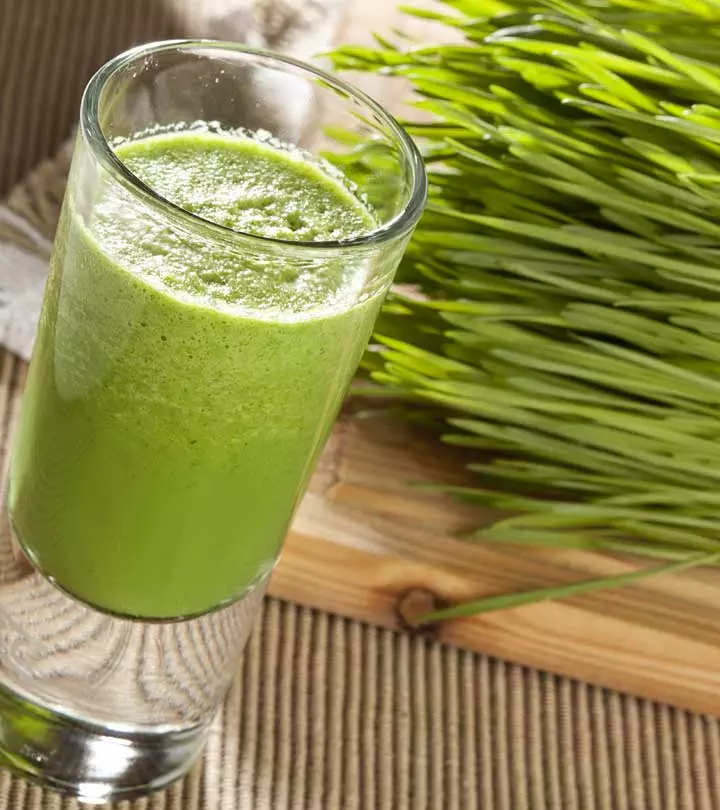
Image: Shutterstock
Wheatgrass is highly nutritious and is claimed to have certain health benefits. Unfortunately, a few adverse effects cannot be ruled out. The side effects of wheatgrass range from nausea and headache to allergies.
Moreover, there is insufficient data to support the health benefits of wheatgrass. But are its side effects scientifically proven? What do studies suggest? Is it safe to consume wheatgrass at all? What happens if you eat too much wheatgrass?
This article answers all these queries besides exploring what wheatgrass is all about and certain precautions to take before consuming it.
Swipe up to know more!
 Know The Flip Side: Wheatgrass
Know The Flip Side: WheatgrassShort-Term Effects
Headache, nausea, allergies, constipation, rashes on the skin, and mild fever.
Long-Term Effects
May lead to mild digestive issues and heavy-metal poisoning.
Drug Interactions
Excessive intake of wheatgrass may interact with blood thinners and can affect their efficacy.
When To See A Doctor
If you are experiencing difficulty in breathing, vomiting, allergic reactions like swelling, or severe abdominal pain.
In This Article
11 Side Effects Of Wheatgrass
Wheatgrass – A Brief
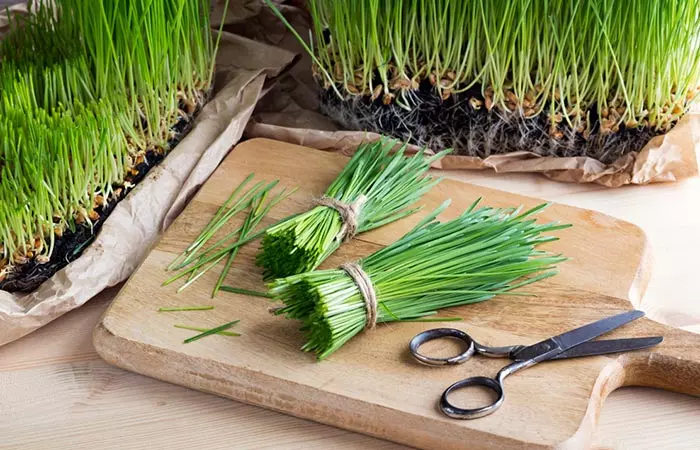
Wheatgrass is the young grass of the wheat plant named Triticum aestivum. Wheatgrass is available in the form of juice, powder, capsules, pills, and tablets.
It is sold in the market either as juice or a powdered concentrate. Commercially, wheatgrass is also available as a cream, gel, spray, and massage lotion.
The history of the plant can be traced back to over 5,000 years when it was first thought to be used in ancient Egypt. It is believed that the Egyptians had preserved the leaves of the plant and used them for improving health and beauty.
 Trivia
TriviaNow, let us look into the next section to find out if it is okay to consume raw wheatgrass.
Can You Eat Raw Wheatgrass?
Raw wheatgrass is often consumed for its potential health benefits. This vibrant green grass is low in calories and packed with nutrients and antioxidants, making it a popular choice among health enthusiasts. But since it has a tough texture, it is commonly juiced or blended into smoothies.
However, caution is essential. Wheatgrass can be challenging to digest in its raw form, potentially causing discomfort for some individuals. Additionally, there is a risk of bacterial contamination if not grown and handled properly. Washing it thoroughly before consumption can help minimize this risk. To make it more palatable and easier to digest, consider mixing it with other fruits and vegetables.
Despite its benefits, wheatgrass may be bad for you. How? Let us understand in the next section.
How Is Wheatgrass Bad For You?
our bodies in many ways. Some say it boosts energy levels, while others believe it could work as a performance enhancer.
Though it is usually considered safe, there have been cases of adverse effects following its consumption. Since it is grown within the soil and consumed raw, wheatgrass also has an increased risk of contamination that can lead to severe issues.
More importantly, wheatgrass is not exceedingly nutritious when compared with other vegetables. Hence, if you are to include it in your diet, it must be along with other veggies as well.
There also is inadequate information on its long-term usage, especially as medicine.
We will now look at the potential side effects of wheatgrass.
Side Effects Of Wheatgrass
1. May Cause Headache

Are you wondering what happens if you drink too much of wheatgrass? Some people have reported headaches after drinking wheatgrass juice (1). Though the juice acts as a treatment for headache and nausea, excess intake may lead to a headache (2). Some believe the headache could also be a sign of your body’s general intolerance to the juice.
Taking the juice in fewer quantities could reduce the risk of headaches. The methanol extract of the juice was found to be safe at a dose level of 2000 mg per kg of body weight (3).
You may also mix the juice with any other juice to mask its taste. If the headache persists, visit your doctor right away.
Wheatgrass contamination is said to be often caused by an organism called Listeria monocytogenes. This organism can cause serious side effects, one of them being severe headaches (4).
2. May Cause Nausea
Nausea could also be attributed to your body’s intolerance to wheatgrass.
Though some assume this nauseated feeling is due to detoxification, there is no evidence supporting this belief. If your nauseating symptoms persist, please visit your doctor.
Wheatgrass was found to cause nausea in six patients involved in chemotherapy treatment (5).
Some believe wheatgrass contains gluten. It could cause adverse symptoms, including nausea and abdominal pain, in people who are glucose-intolerant (6). However, a research paper concludes that wheatgrass contains no gluten (7). Hence, more research is required to understand this effect.
3. May Cause Allergies

Some individuals could be allergic to wheatgrass, especially when they consume it in the pill or juice form. You might develop symptoms in different parts of the body within a few moments of consuming wheatgrass. This usually happens due to the overproduction of certain chemicals that combat the suspected allergen.
If you are allergic to wheat products, it is recommended you stay away from wheatgrass as well (5).
The symptoms of wheatgrass allergy are yet to be studied. As per anecdotal evidence, such allergy may cause nausea, stomach cramps, vomiting, and diarrhea. You might develop skin rashes that get inflamed and break out into hives. Other allergic reactions may include shortness of breath and congestion.
Due to a lack of information, it could be difficult to attribute any of these symptoms to wheatgrass. But if you experience any of these signs after taking wheatgrass, stop the intake and visit your doctor.
As previously discussed, wheatgrass does not contain gluten.
This is because it is made out of the stem and leaves, whereas gluten is found in the kernel of the seed. But if one of the seeds is accidentally included, it could get contaminated with gluten. Hence, individuals with gluten intolerance are recommended to practice caution while taking wheatgrass. Read the ingredient labels before purchasing any product.
4. May Cause Constipation

Some believe taking wheatgrass juice could lead to constipation and dehydration, but there is no evidence to prove this statement. However, if you experience such a condition that does not improve even after a few hours, please consult your doctor.
5. May Cause Stained Teeth
This is a harmless side effect. Wheatgrass juice/shot is green. Taking it could temporarily stain your teeth. You can remove the stains by brushing your teeth properly afterwards.
6. May Cause Mold Development
Wheatgrass is a sprouted grass that is grown in moist conditions.
Hence, it may lead to mold development if no proper care is taken. If you find any such mold, it is best to throw the grass away.
The most common type of mold to affect wheatgrass is the ‘blue fuzz’ mold. This type of mold may not be harmful and can simply be washed away from the surface of the grass. But other types of mold (like the brown and white types) mean spoilage, and the grass must be thrown away in this case.
7. May Suppress Appetite
Though this may be beneficial for those looking to lose weight, long-term effects of appetite suppression are not known. Also, there is no evidence suggesting that wheatgrass may cause loss of appetite.
8. May Cause Dizziness And Fatigue
Anecdotal evidence suggests that undiluted wheatgrass juice may cause dizziness and fatigue in certain individuals. This could be attributed to wheatgrass contamination. If you experience any such symptoms, please visit your doctor immediately.
Max Cooper, a diet and health blogger, writes about his favorite green supplements on his blog. On consuming wheatgrass in excess, he remarks, “If I take too much wheatgrass, it may lead to a bit of headache or dizziness and weakness. It is like the body is cleaning itself (i).” He goes on to say that he finds it highly stimulating and anxiety-inducing at times and hence always takes it in moderation.
9. May Cause Rashes

This can also be attributed to a form of allergy. Some individuals may experience rashes as their skin may get inflamed after drinking wheatgrass juice. The exact cause for this is yet to be studied.
10. May Cause Mild Fever
Some believe wheatgrass could detoxify the body and may cause mild fever in the process. However, none of the claims have been substantiated by evidence. If you experience fever that persists after taking wheatgrass juice, please consult your doctor.
11. Might Have Contaminants
This can be related to mold formation. Wheatgrass is grown in a moist environment. This puts it at the risk of contamination. Ensure you procure your wheatgrass juice from a trusted supplier. This way, you can avoid food borne illnesses, like upset stomach and vomiting.
If you are growing wheatgrass at your home, you can prevent any contamination by sterilizing the trays where the harvesting happens. You can also seal the wheatgrass in plastic bags to avoid cross-contamination in your kitchen.
The major concern with wheatgrass is the possibility of contamination. Most of the other side effects listed above are yet to be backed by research. While it is important to know the possible adverse effects, taking the right precautions can help you avoid them.
Precautions To Be Taken
- Wheatgrass juice is usually concentrated. Hence, taking it in less quantities or in combination with other vegetable juices can mask its strong taste.
- If you are consuming wheatgrass juice for the first time, start with a small amount to see how your body reacts to it. If there are no adverse effects, you may gradually increase the quantity.
- If your wheatgrass juice tastes bitter, it is most likely to be moldy. Stop drinking and discard it immediately.
- To avoid contamination, you can sterilize the trays in which wheatgrass grows.
- Store your wheatgrass powder supplement according to the instructions on the pack.
 Quick Tip
Quick TipKey Takeaways
- Wheatgrass can interact with blood thinners and disrupt their function as it leads to excessively low blood pressure levels.
- It can quickly reduce high blood sugar levels but can often lead to alarmingly low blood sugar levels if not consumed in moderation.
- Bloating, flatulence, and diarrhea are some of the other side effects of wheatgrass.
Infographic: Top 5 Side Effects Of Wheatgrass
Consuming wheatgrass is currently one of the biggest trends. It is effective for people trying to change their lifestyles for the better. However, excessive consumption of wheatgrass juice may have adverse side effects. Some people experience allergic reactions to them, while others may not get used to them. Check the infographic to know more. Illustration: StyleCraze Design Team
Wheatgrass is being popularised for its many benefits. However, one must also consider some of its effects. Wheatgrass may trigger headaches, nausea, allergies, and constipation and may stain teeth too. It may also suppress appetite, cause dizziness, fatigue, and mild fever. Wheatgrass also has a higher risk of developing mold as it is grown in moist conditions – and its potential contaminants may negatively affect health. Hence, caution is highly advised. Taking wheatgrass along with other veggies in moderate amounts may help reap its benefits.
Frequently Asked Questions
What are the side effects of wheatgrass shots or supplements?
The side effects of wheatgrass shots or supplements are similar to the plant itself. If you are taking the shots or supplements, stick to the recommended dosage.
Also, if you are purchasing the juice or supplement from the market, check the label to ensure it is gluten-free.
What are the side effects of wheatgrass cream?
There is no enough information about the safety of the long-term use of wheatgrass cream. But as per anecdotal evidence, the cream is possibly safe for most adults when applied to the skin for a duration of six weeks.
Can I take wheatgrass on an empty stomach?
Though certain sources say that is the only way to take it, there is no proper evidence. Please consult your doctor.
How long does it take wheatgrass to detoxify the body?
You may feel the effects of wheatgrass within 30 minutes, and they may last for hours.
Does wheatgrass cleanse the liver?
Wheatgrass has hepatoprotective properties. It also reduces liver toxicity and purifies the blood (8).
Illustration: What Are The Side Effects Of Wheatgrass?
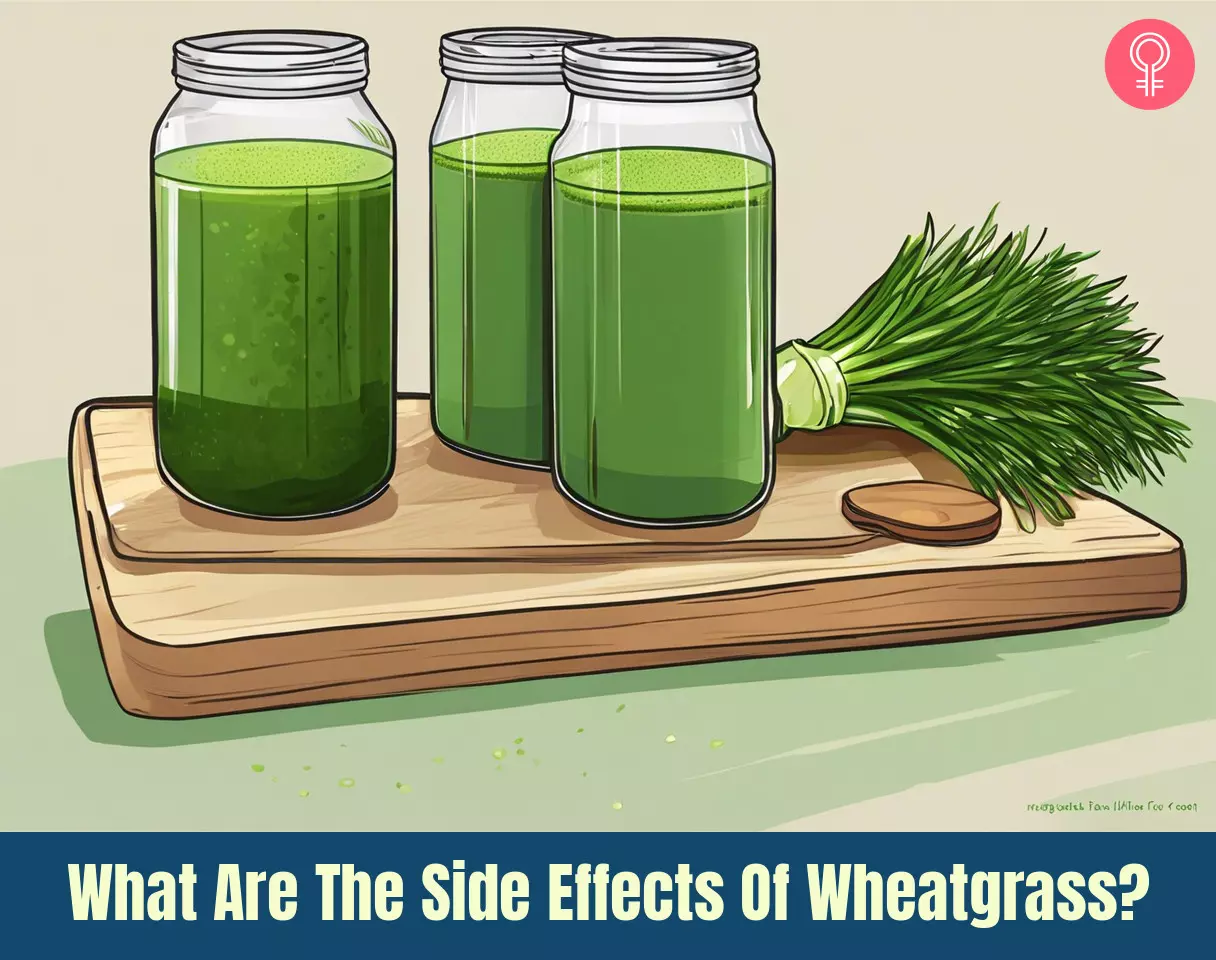
Image: Stable Diffusion/StyleCraze Design Team
Learn about the truth about wheatgrass side effects in this informative video. Understand the right way to use wheatgrass juice and its potential risks and unleash the full benefits of this powerful natural supplement.
Personal Experience: Source
StyleCraze's articles are interwoven with authentic personal narratives that provide depth and resonance to our content. Below are the sources of the personal accounts referenced in this article.
i. Green Supplements — Spirulina and othershttps://silentcedars.wordpress.com/2014/12/10/green-supplements-spirulina-and-others/
References
Articles on StyleCraze are backed by verified information from peer-reviewed and academic research papers, reputed organizations, research institutions, and medical associations to ensure accuracy and relevance. Read our editorial policy to learn more.
- Multifunctional role of green blood therapy to cure for many diseases, Green Blood Therapy, ResearchGate.
https://www.researchgate.net/publication/221941357_Multifunctional_role_of_green_blood_therapy_to_cure_for_many_diseases - Chlorophyll and total phenolic contents, antioxidant activities and consumer acceptance test of processed grass drinks, Journal of Food Science and Technology, US National Library of Medicine, National Institutes of Health.
https://www.ncbi.nlm.nih.gov/pmc/articles/PMC5223247/ - Immunoprophylactic Potential of Wheat Grass Extract on Benzene-Induced Leukemia: An in Vivo Study on Murine Model, Indian Journal of Pharmacology, US National Library of Medicine, National Institutes of Health.
https://pubmed.ncbi.nlm.nih.gov/26288471/ - Listeria Monocytogenes, StatPearls, US National Library of Medicine, National Institutes of Health.
https://www.ncbi.nlm.nih.gov/books/NBK534838/ - Wheat grass juice may improve hematological toxicity related to chemotherapy in breast cancer patients: a pilot study, Nutrition and Cancer, US National Library of Medicine, National Institutes of Health.
https://pubmed.ncbi.nlm.nih.gov/17571966/ - Non-Celiac Gluten Sensitivity: A Review, Medicina, US National Library of Medicine, National Institutes of Health.
https://www.ncbi.nlm.nih.gov/pmc/articles/PMC6630947/ - Confirmation of gluten-free status of wheatgrass, US Department of Agriculture, Agricultural Research Service.
https://www.ars.usda.gov/research/publications/publication/?seqNo115=322552 - Living life the natural way – Wheatgrass and Health, Functional Foods in Health and Disease.
https://www.functionalfoodscenter.net/files/47516971.pdf
Read full bio of Alexandra Dusenberry
Read full bio of Ravi Teja Tadimalla
Read full bio of Arshiya Syeda
Read full bio of Aparna Mallampalli







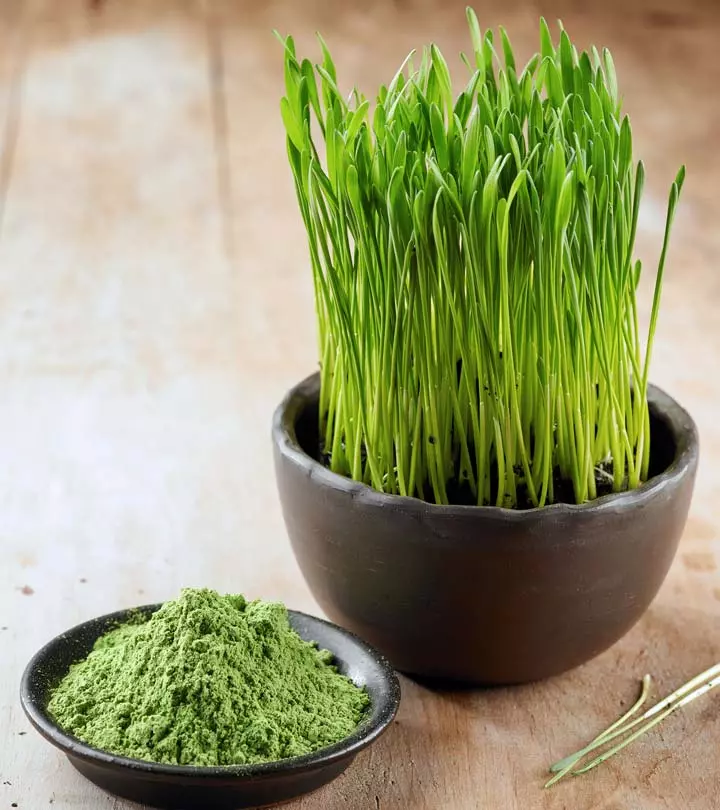
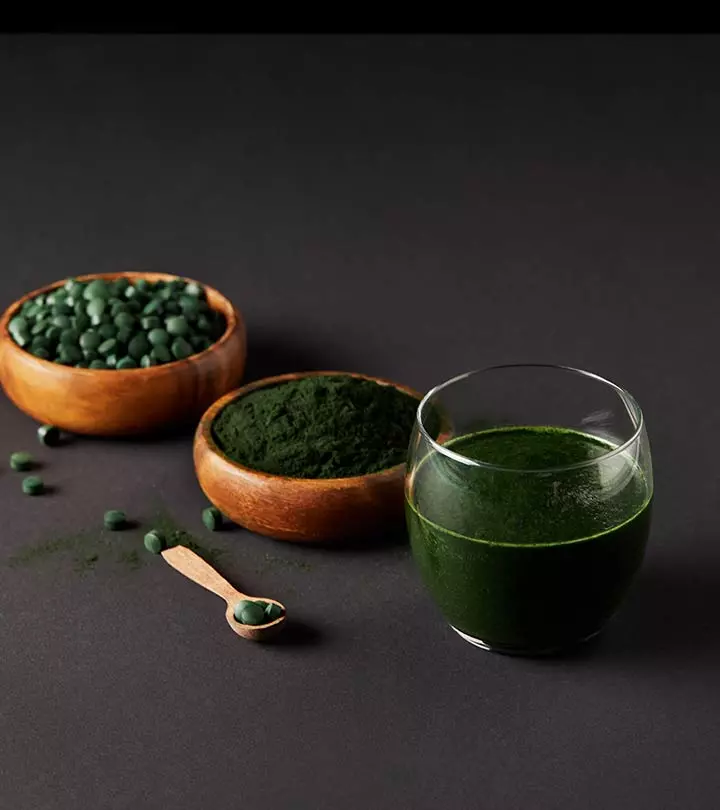
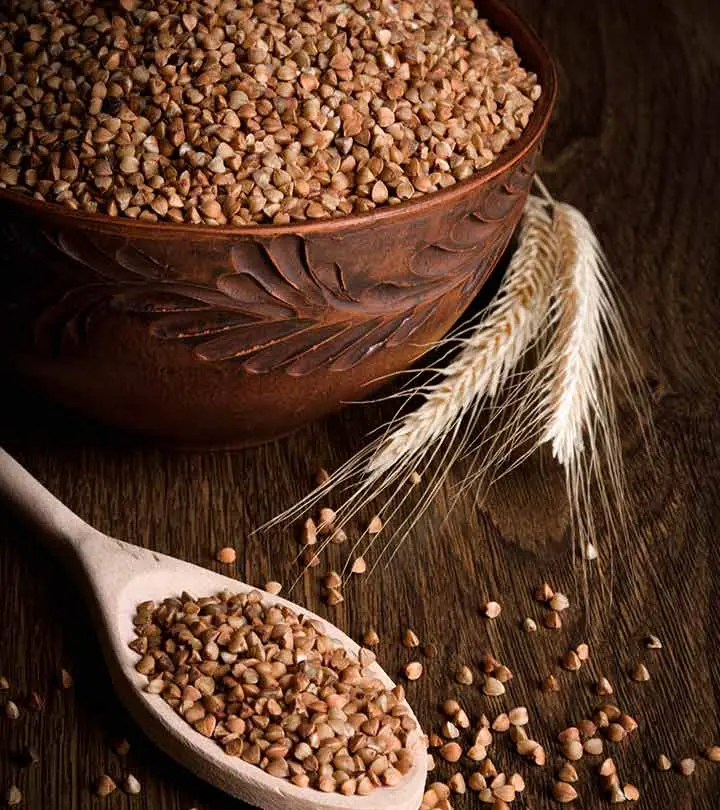

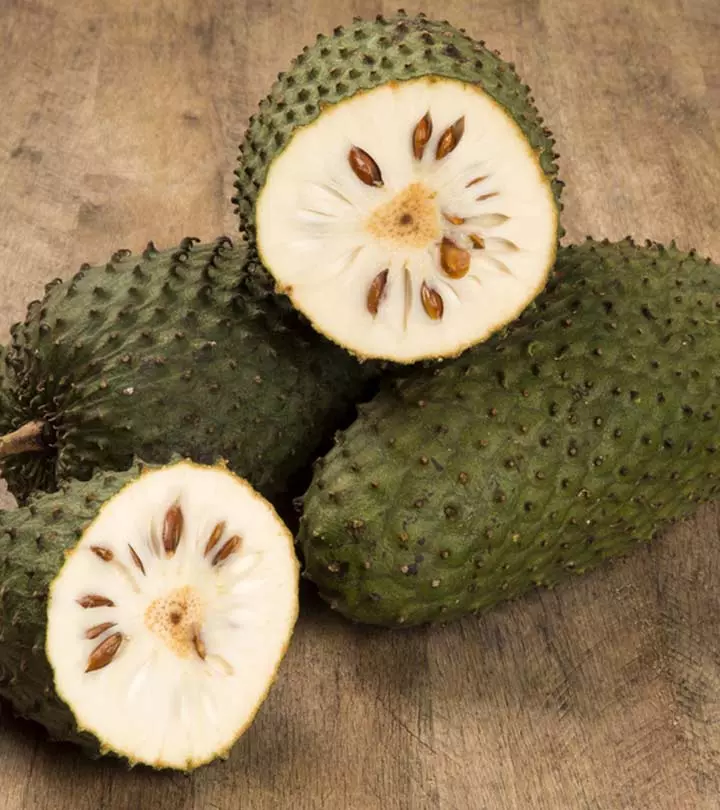
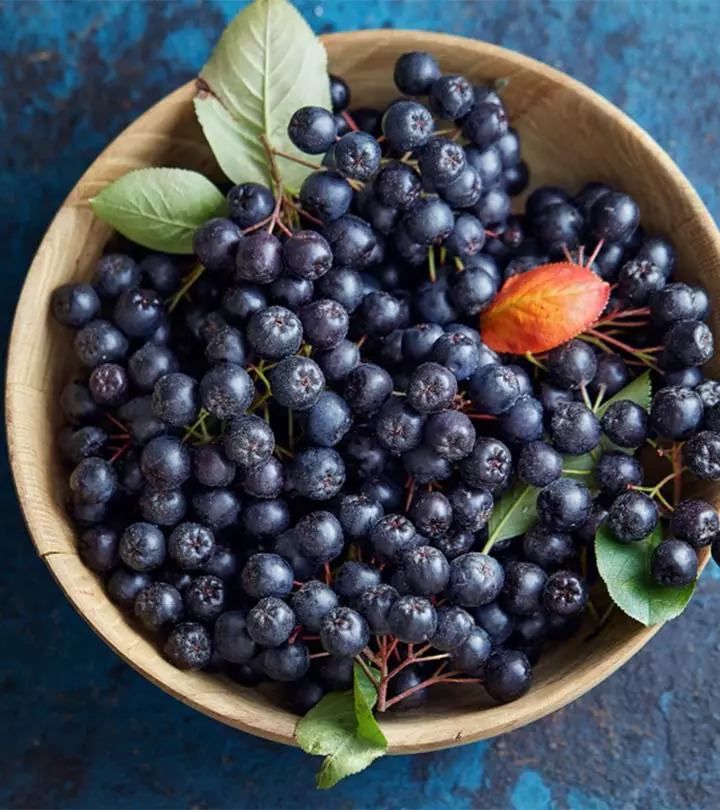
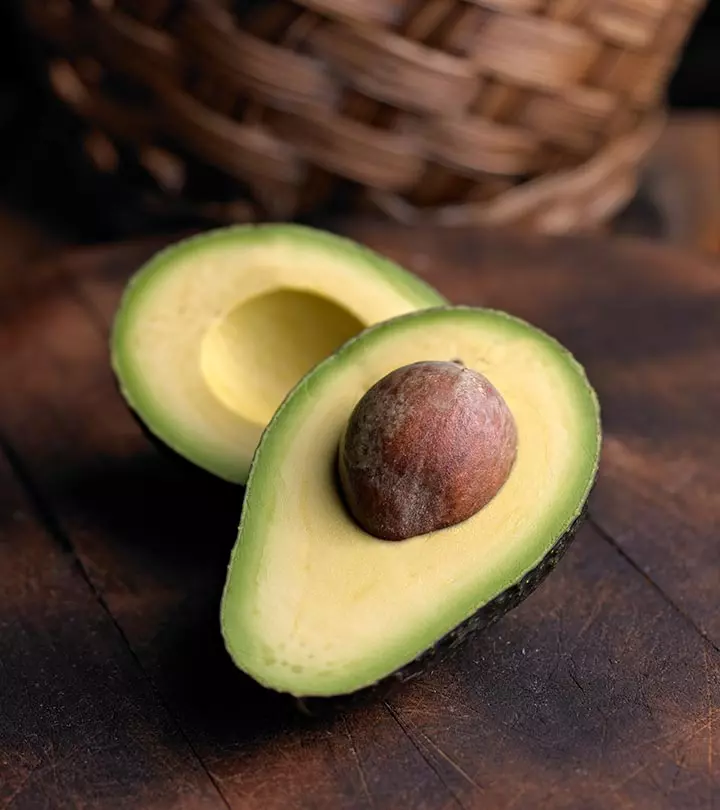
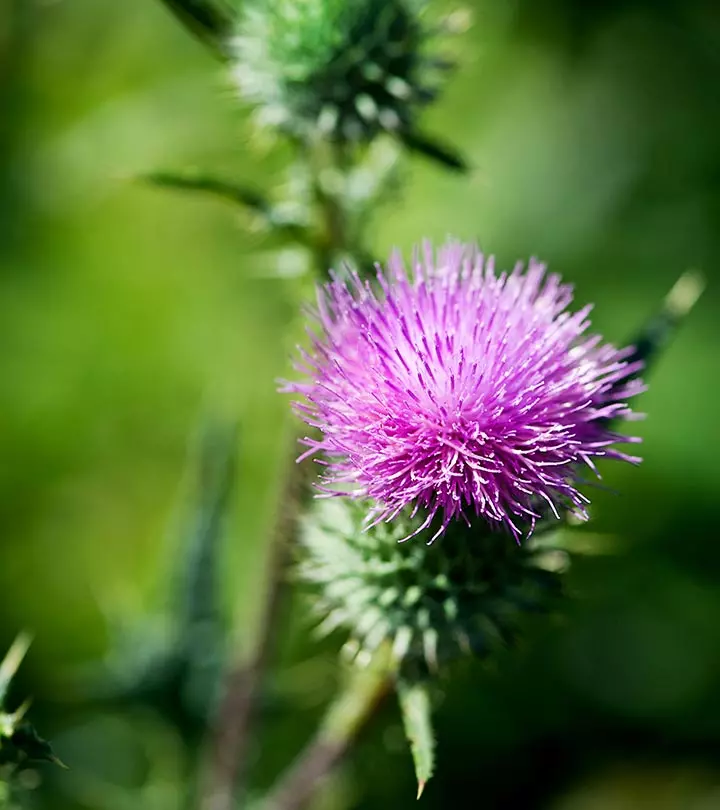
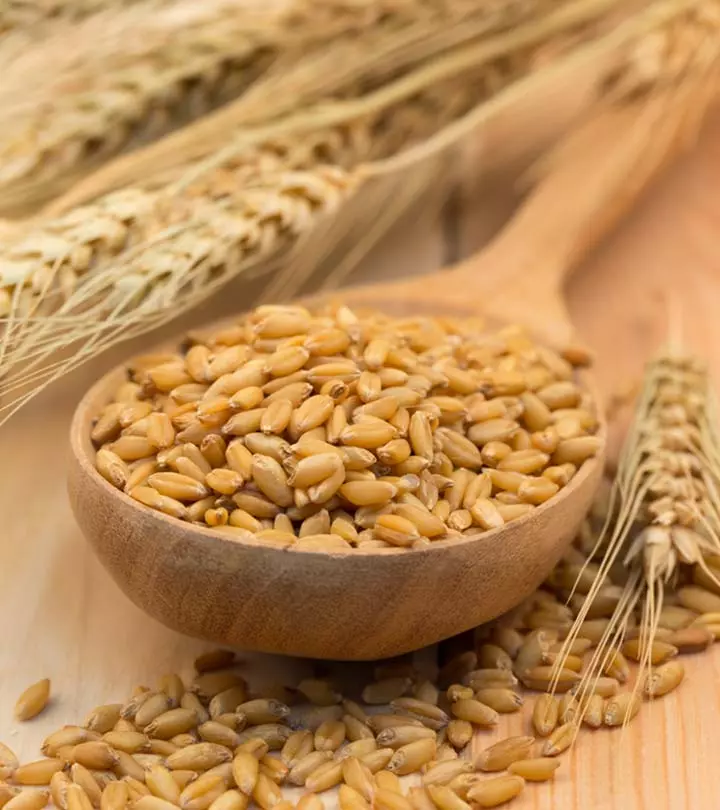
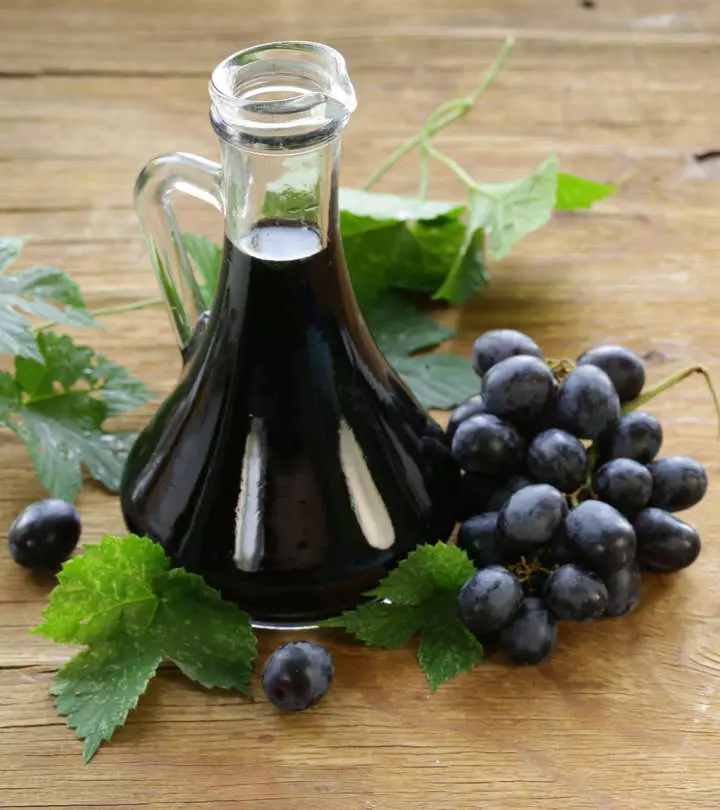



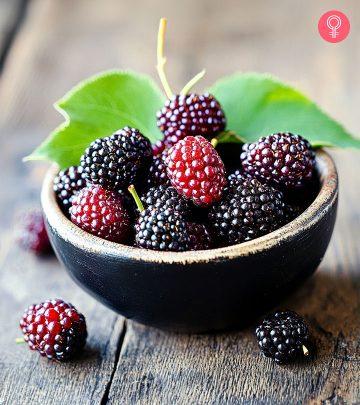
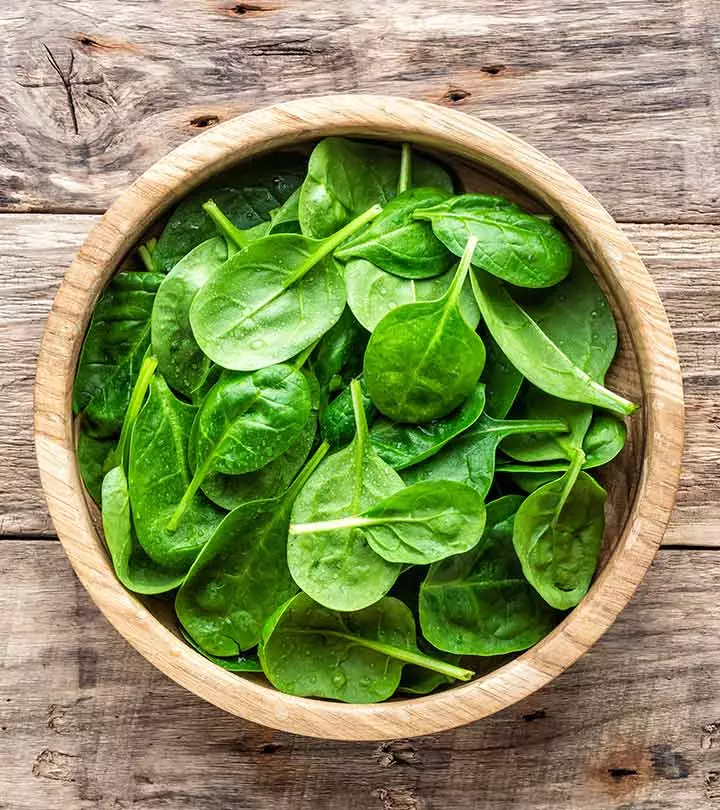


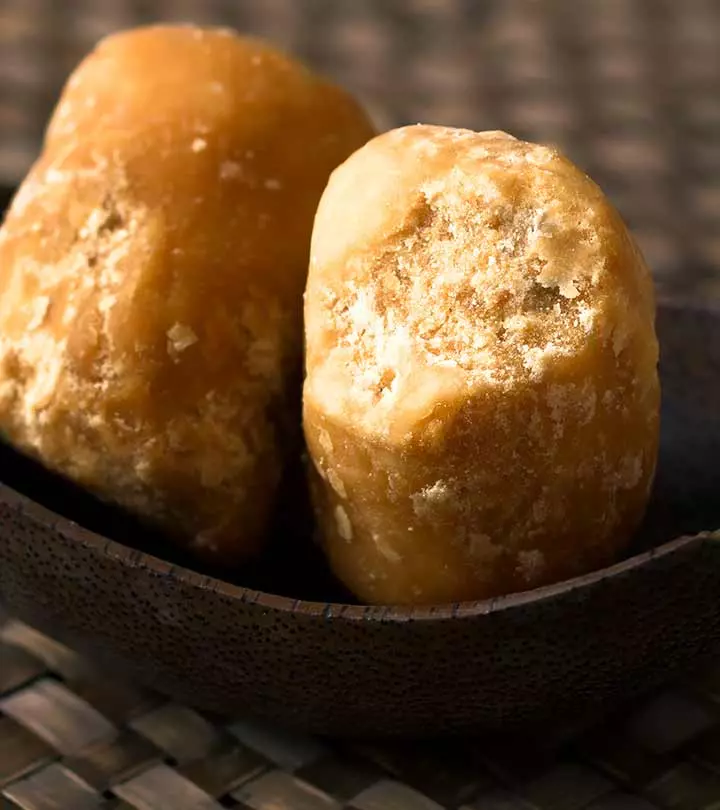
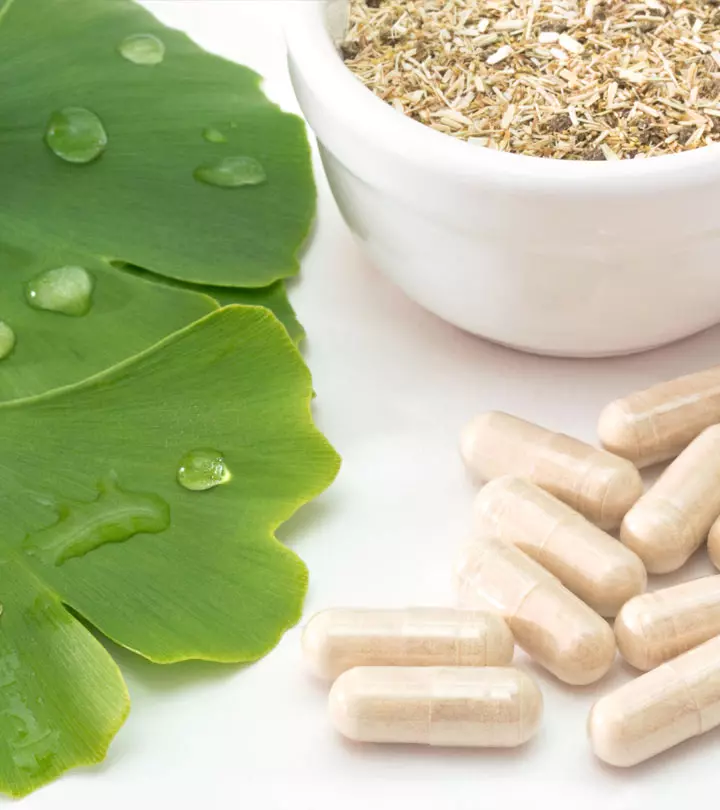


Community Experiences
Join the conversation and become a part of our empowering community! Share your stories, experiences, and insights to connect with other beauty, lifestyle, and health enthusiasts.